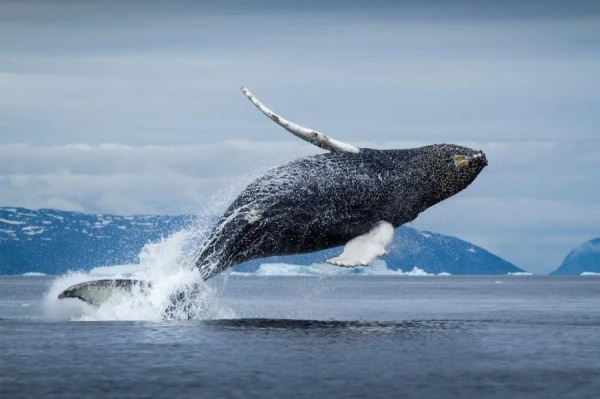
It is known that many whales travel thousands of kilometers, yet for over a hundred years, debates have continued about the reasons for their migrations.
Whales migrate from high latitudes to the equator, where they give birth to their calves, and then return. At first glance, this may seem like a logical explanation. However, in high latitudes, whales have access to more food, and they could give birth there as well — their calves are large enough not to freeze in cold waters. Moreover, sometimes whales bring their calves precisely in polar seas.
Researchers from the National Marine Fisheries Service, along with colleagues from other scientific institutions, have been observing the migration of orcas for many years and concluded that they head south for molting.
The outer layer of a whale's skin gradually dies and renews, but in cold water, the skin receives less blood to retain heat, which slows down cell renewal. When whales enter warm waters, metabolism in the skin activates, and the outer layer, covered with algae and inhabited by bacteria, easily sheds, making way for new cells. Although researchers studied only orcas, it is likely that other migrating whales also molt in warm seas.











